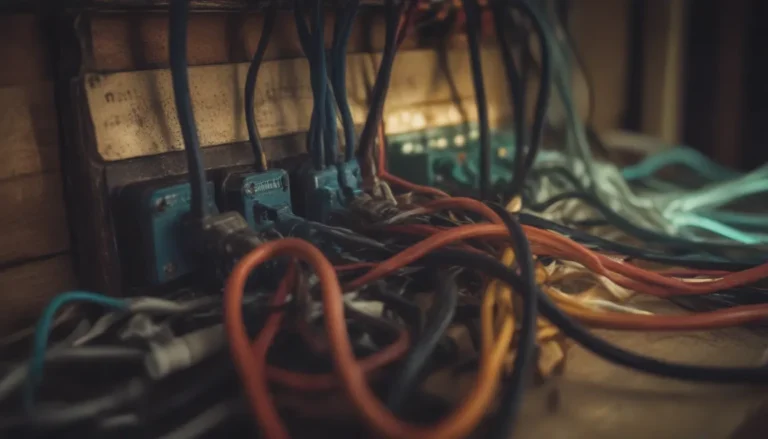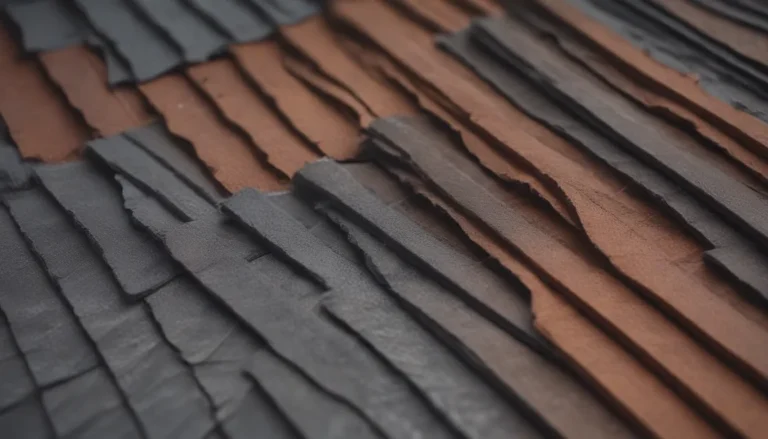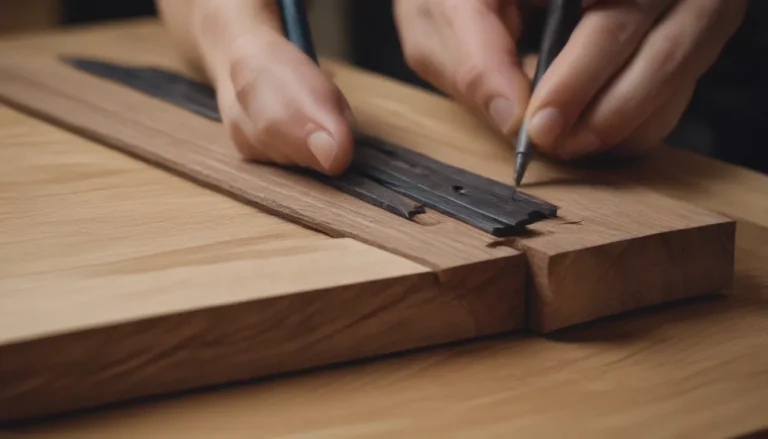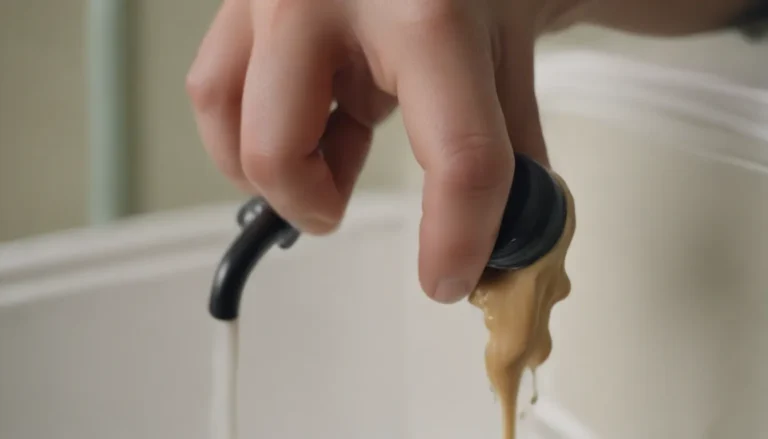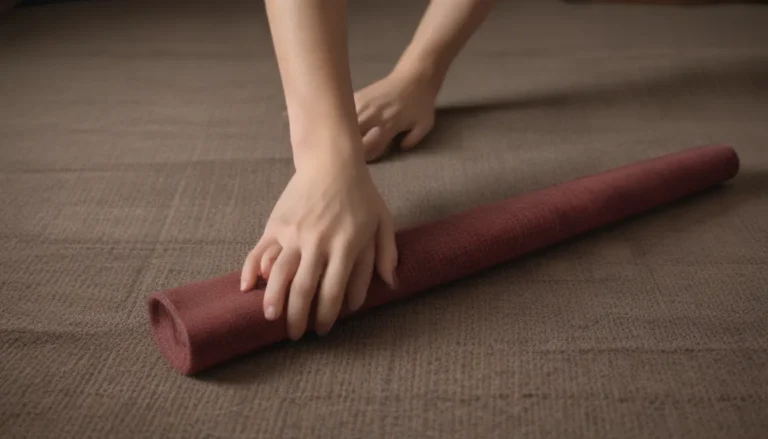The Ultimate Guide to Home Plumbing Pipes: Choosing the Right Material for Your Space
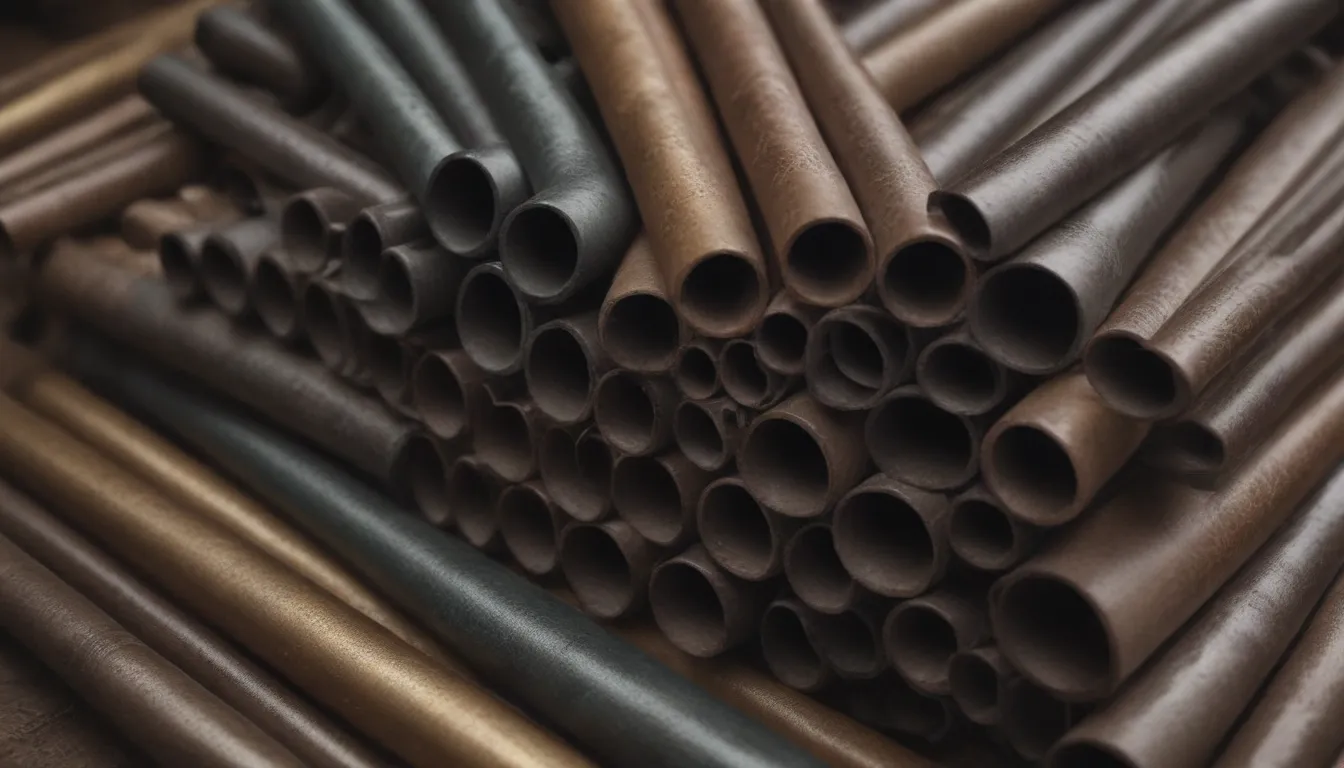
Are you embarking on a home plumbing project and feeling overwhelmed by the multitude of pipe materials available? Whether you’re a seasoned DIYer or hiring a professional plumber, selecting the right plumbing pipe is crucial for the success of your project.
In this comprehensive guide, we’ll explore six different types of home plumbing pipes commonly used for water supply and drainage. From PEX to copper, ABS, and more, we’ll break down the pros and cons of each material to help you make an informed decision. Let’s dive in!
PEX Pipe: A Flexible and Affordable Option
PEX (cross-linked polyethylene) pipes are durable plastic piping commonly used for water supply lines. They are rigid enough to withstand water pressure yet flexible enough to maneuver around walls, ceilings, basements, and crawlspaces. PEX pipes come in various diameters and are easy to cut and join. They are color-coded for easy identification – red for hot water and blue for cold water.
Use for:
– Hot and cold water distribution lines
– Reclaimed water cycling
– Hydronic piping for radiators
Tip:
Before installing PEX pipes, check local codes for approval. Proper support and installation are crucial, especially when placed behind walls.
PVC Pipe: Lightweight and Inexpensive
PVC (polyvinyl chloride) pipes are white plastic pipes commonly used for waste lines. Lightweight and easy to work with, PVC pipes are ideal for drainage and vent applications. They are cost-effective and require minimal tools for installation. However, PVC pipes are not suitable for highly pressurized applications.
Use for:
– Drainage and vent lines within the house
– Below-ground exterior irrigation water supply
Tip:
Check local regulations before installing PVC pipes to ensure compliance with building codes.
Best Ways to Repair a Leaky PVC Pipe
Rigid Copper Pipe: Durable and Reliable
Copper pipes are renowned for their durability and reliability. Used primarily for water supply lines, copper pipes are valued for their health safety and longevity. While more expensive than other materials, rigid copper pipes can be bent to some degree for flexibility.
Use for:
– Sinks, showers, tubs, and fixtures
– Bending with specialized tools for customized installations
Tip:
Solder-type connections are recommended for copper pipes. Proper installation and safety protocols are essential for a secure connection.
ABS Pipe: A Cost-Effective Drainage Solution
ABS (acrylonitrile butadiene styrene) pipes are made of a tough thermoplastic resin and are commonly used for vent and drain lines. While durable, ABS pipes can degrade from sun exposure. They are cost-effective and suitable for indoor and outdoor plumbing applications.
Use for:
– Drain, waste, and vent (DWV) applications
– Indoor plumbing with proper restrictions
Flexi Pipe or Braided Pipe: Flexible and Versatile
Flexible or braided pipes are stainless steel tubing used for connecting appliances like water heaters, toilets, and sinks. These pipes are flexible but not suited for enclosed applications. While durable, they may require replacement after extended use.
Use for:
– Exposed areas to connect appliances
Warning:
Avoid using flexi pipes in enclosed spaces like walls or floors to prevent damage.
Galvanized Steel Pipe and Cast Iron: Traditional Choices
Galvanized steel pipes and cast iron pipes are traditional options found in older homes. While still in use for specific applications, they are less common in modern construction due to cost and installation challenges. Galvanized steel pipes are used for water supply and gas lines, while cast iron pipes are ideal for drainage purposes.
Use for:
– Water supply lines, drain, and vent lines
Choosing the Right Plumbing Pipes
When selecting the ideal pipe for your plumbing project, consider the functionality and layout of your space. Flexible pipes may be necessary for tight areas, while cost and longevity are essential factors to consider. Understanding local building codes is crucial to ensure compliance with regulations.
Ultimately, consulting with a plumbing expert can provide valuable insights into selecting the right pipe material for your project. Copper and PEX remain popular choices for home plumbing due to their durability and reliability. Consider environmental factors when choosing pipes to ensure the safety of your drinking water.
Plumbing piping serves essential functions in a home, including sewage disposal, drainage, and water supply. Opting for durable, long-lasting materials like copper and PEX can help maintain the integrity of your plumbing system for years to come.
In conclusion, making an informed decision when choosing plumbing pipes is essential for the success of your project. By weighing the benefits and drawbacks of each material, you can select the best option for your specific needs. Happy plumbing!
References:
– Environmental Working Group. Plumbing and Pipes. Retrieved from https://www.ewg.org/plumbing-and-pipes/
